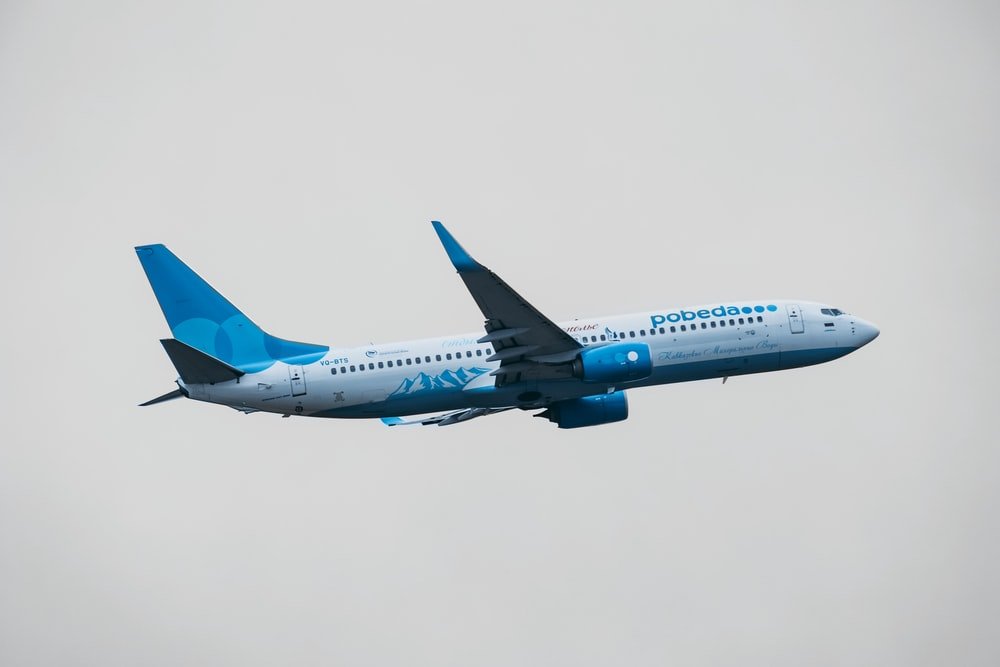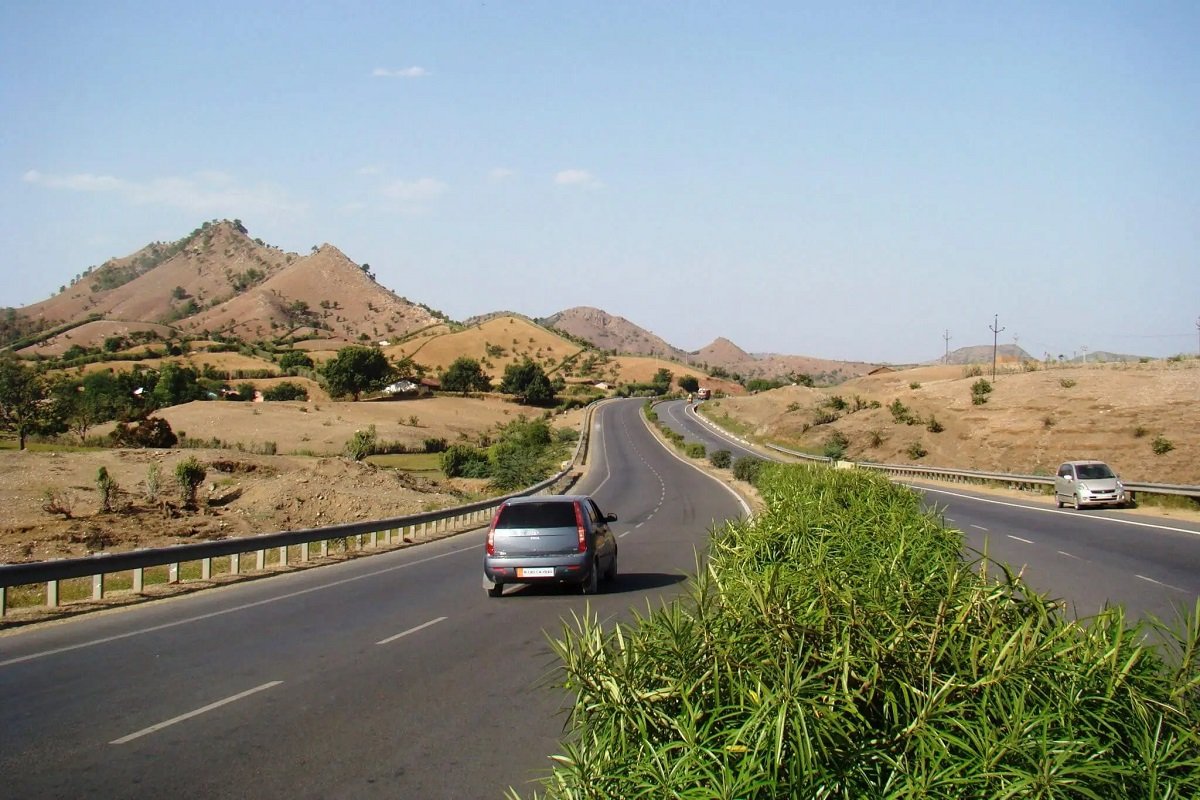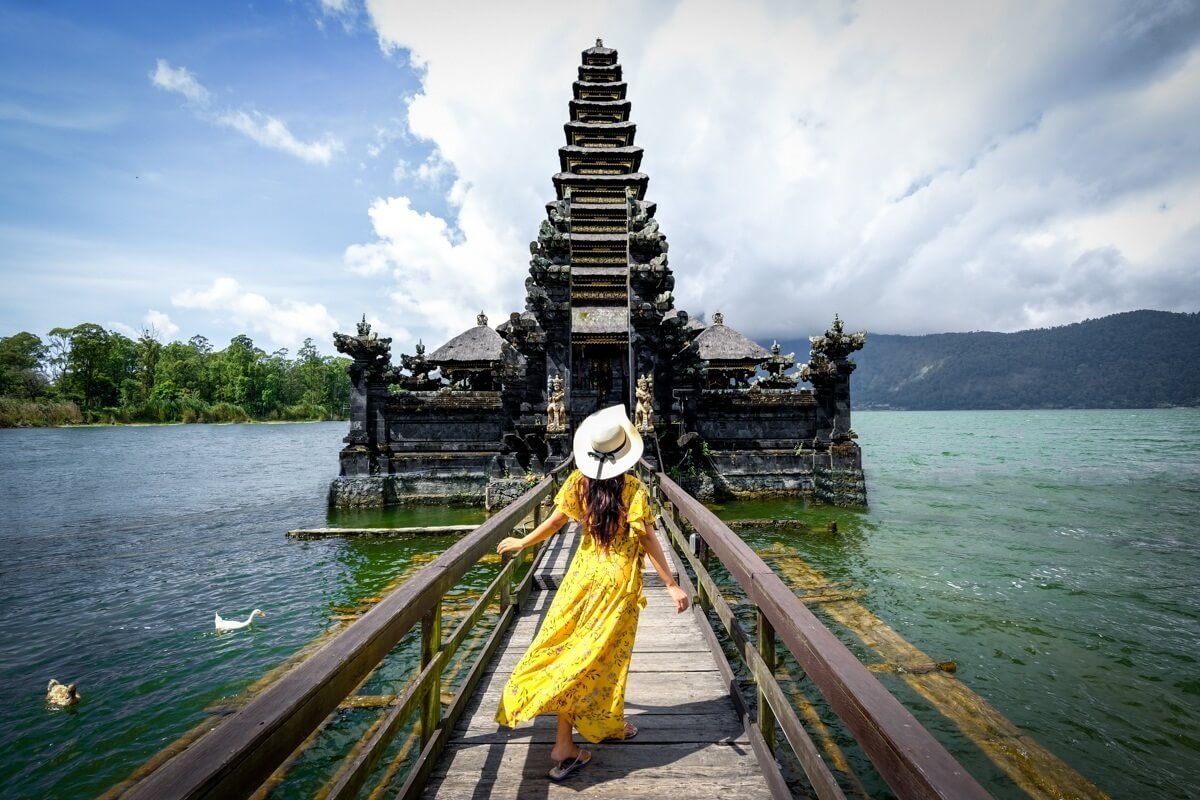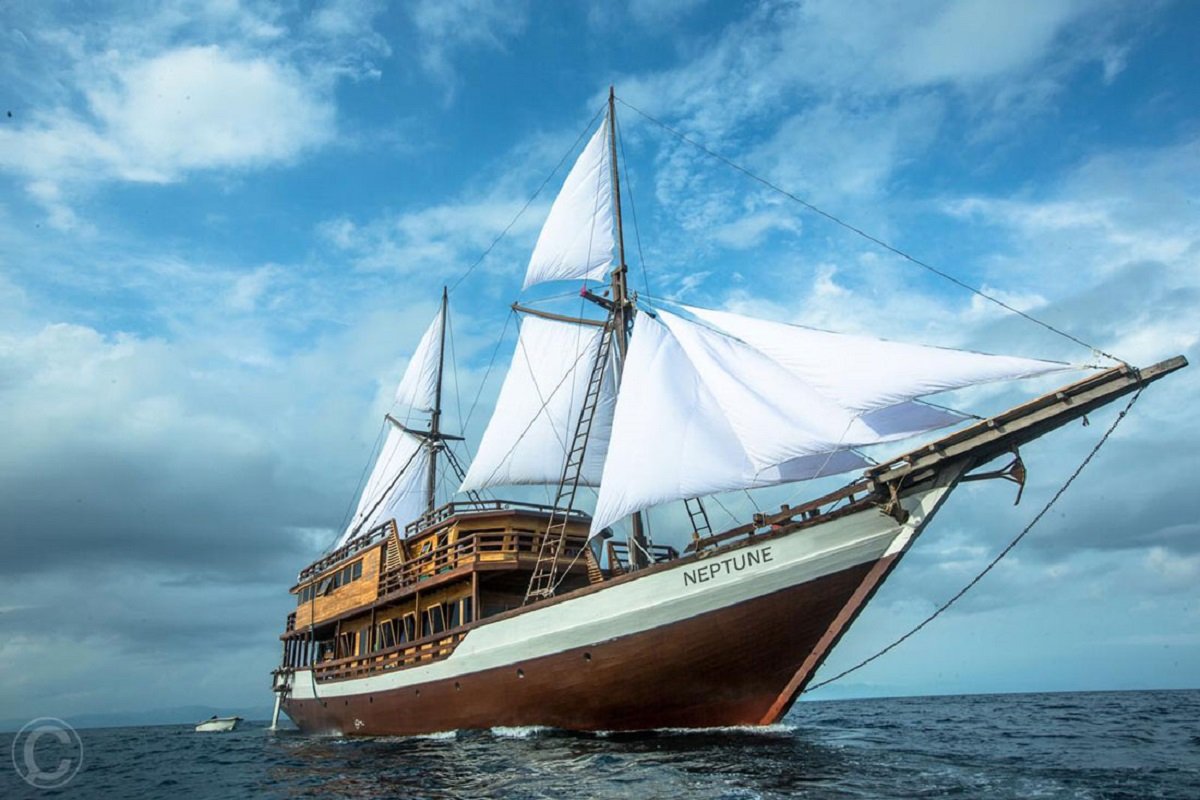Canoe Camp on 10,000 Islands, Everglades
Both deserted and lush, tropical but also foreboding, the best way to experience the tranquility and beauty of the Everglades is to kayak or canoe in the excellent network of waterways that surround the park’s northwest part. The 10,000 islands are made up of many (but not really 10,000) small islands and a mangrove swamp that hugs much of Florida’s southwestern border. The Wilderness Waterway, a 99-mile route between Everglades City and Flamingo, is the longest canoe trail in the area, but there are shorter trails near the Flamingo.
Most islands are surrounded by narrow sandy beaches with sugar-white beaches, but keep in mind that the water is brackish, not clear, and often very shallow. It’s not Tahitian, but it’s fascinating. The best part is that you can camp on your own island for up to a week.
Getting around the 10,000 islands is pretty straightforward if you religiously adhere to NOAA tide and nautical charts. Going against the tide is the quickest way to make it a miserable ride. The Gulf Coast Visitor Center sells nautical charts and gives free tide charts. You can also purchase maps prior to your visit – call 305-247-1216 and ask for maps 11430, 11432, and 11433.
Parrot Jungle Island, Miami
The Parrot Jungle (305-666-7834; 1111 Parrot Jungle Trail at I-396/MacArthur Causeway exit; adult/child $24.95/19.95; 10 am-6 pm) has been a strange attraction since 1936, but in 2003′ It has since been moved to a much more accessible location. The piece of land between South Beach and downtown Miami has become a much more stylish place to visit.
Planted with minimal pesticides and lushly landscaped, and reinforced with 27,000 tons of structural infill, the new 18-acre beachfront resort is now the proud home of parrots, macaws, flamingos, and cockatoos in an endless variety, some in cages, but most in flying outdoors. you can watch the birds, talk to and feed them, or let them entertain you on one of the stage areas (where trained birds chat and dance, unfortunately for the audience).
Other creatures include snakes, crocodiles, gibbons, and orangutans, creating a mini zoo that kids especially enjoy. Walkways are covered (from both rain and bird droppings), and indoor dining, play, and shopping areas provide ample shelter from storms. Parking is available for $6.
Everglades National Park, Everglades
The only subtropical protected area in North America, this park is filled with stunning environments and creatures: temperate and tropical plants, marine life, and wading birds. It’s also the only place in the world where crocodiles (which prefer freshwater) live side by side. The parks’ three entrances allow you to choose the type of experience you want to have, whether it’s hiking to the end of a wooden landscape to watch the sunset, biking on side-swamp floats, or kayaking from island to island float. The best place to camp for the night.
There are three main entrances to the park – one along the southeast edge near Homestead and Florida City (Ernest Coe), one on the mid-north side of Tamiami Road (Shark Valley), and a third on the beautiful northwest coast (Gulf Coast), past the City of the Everglades. From the Coe entrance, follow Hwy 9336 to Flamingo, a visitor area that offers everything from boat tours to a lodge and restaurant. Shark Valley is where you’ll find the convenient trolley tour, while the Gulf Coast area is the least developed and geared towards campers and skiers.








